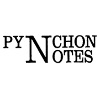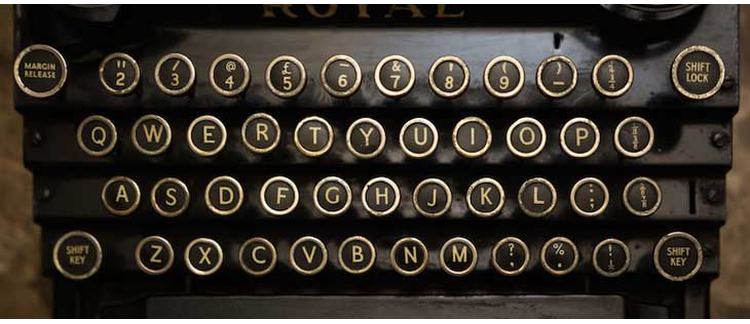Abstract
Thomas Pynchon's Gravity's Rainbow (New York: The Viking Press, 1973) contains a huge number of ellipses. Of the novel's 760 pages, only 9.7% do not contain ellipses. Some pages contain up to ten sets of ellipses. Such textual tactics in the modern novel probably find their origin in Lawrence Sterne's Tristram Shandy, which contains as many dashes as there are ellipses in Pynchon's novel. Sterne's work is filled with asterisks, as in Vol. 5, Chapters 31-32, Vol. 6, Chapter 39, and Vol. 9, Chapter 20. The last two pages of Vol. 1, Chapter 12, are black, and Vol. 9, Chapters 18-19, are blank pages. Vol. 6, Chapter 40, contains a diagrammatic representation of the novel's non-linear structure which simply consists of a series of wavy lines. Yet one expects such textual distortions in Tristram Shandy because they are clearly part of its architectonic. Based on the frequency of its use in Gravity's Rainbow, we can speculate that the ellipsis is an architectonic for Pynchon, too.
How to Cite:
Daw, L., (1983) “The Ellipsis as Architectonic in Gravity's Rainbow”, Pynchon Notes 11, 54-56. doi: https://doi.org/10.16995/pn.429
Downloads:
Download PDF

